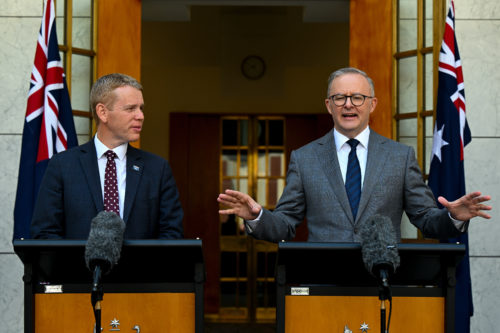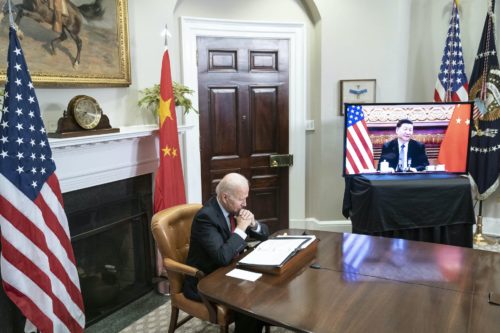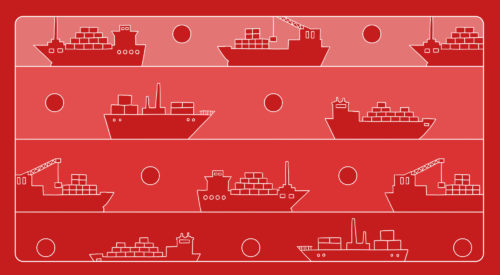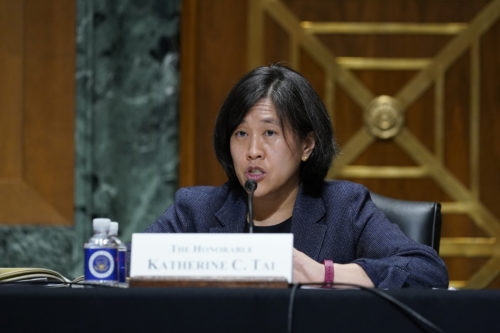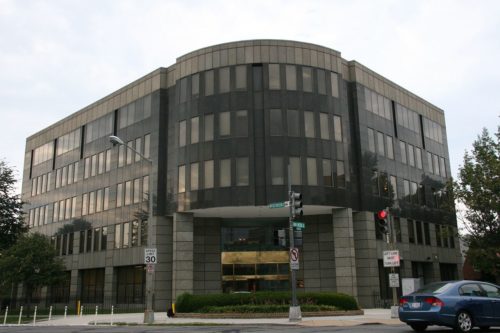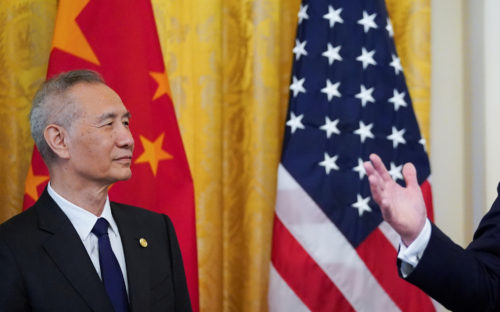A tentative, partial, ‘phase one’ trade truce [UPDATE]
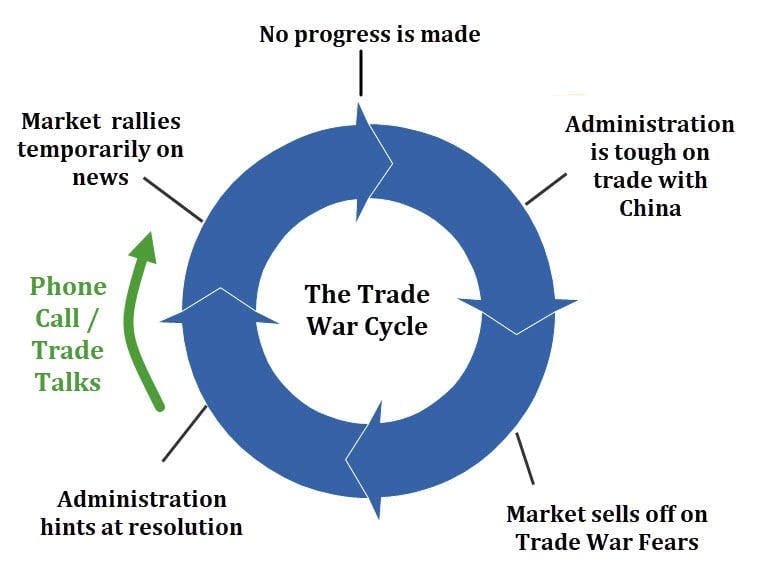
The infographic above, tweeted by scholar Ankit Panda, accurately describes some of the events of the week in Washington, D.C.
Chinese vice premier and chief trade negotiator Liú Hè’s 刘鹤 visit to Washington, D.C., has yielded a tentative, partial truce.
The Wall Street Journal reports that the U.S. and China have reached a “Tentative ‘Phase One’ Trade Pact.” The very few details we have so far:
The agreement includes China’s agreement to purchase $40 billion to $50 billion in U.S. agricultural products and a commitment to open itself further to international financial services, Mr. Trump said. The pact that officials are calling a first phase will be finalized in three to five weeks, Mr. Trump said after a meeting with Mr. Liu in the White House.
They cited progress on several other matters, without offering specific details, including the potential for agreement on intellectual property protections and currency manipulation. Mr. Trump’s trade adviser, Robert Lighthizer, also said the president hadn’t decided yet on whether to follow through on additional tariffs set to be imposed in December.
The countries were unable to finish a planned pact to curb currency manipulation, but Treasury Secretary Steven Mnuchin said discussions were “almost complete.” Mr. Trump also cited “good progress” on discussions to prevent the forcible transfer of technology in China.
The most immediate practical impact of this agreement is that tariffs will not go up on October 15, as had been scheduled, CNBC reports. The Washington Post says that “Trump and Chinese President Xi Jinping could meet to finalize such an agreement in Chile at an Asian-Pacific leaders summit in mid-November.” However:
Some China hawks were unimpressed by the agreement.
“It’s basically some purchases and a bunch of fluff because no one in the administration really wants to go through with the tariffs anyway,” said Derek Scissors, a China expert at the American Enterprise Institute…
Friday’s announcement leaves the toughest U.S.-China issues for future negotiations, including Trump’s demands for far-reaching structural changes in the state-directed Chinese economy.
Also left undecided is “whether [the U.S.] will extend a license allowing Chinese telecommunications company Huawei to continue buying American parts when it expires Nov. 18.”
Nevertheless, the slight lessening of tensions and delay of tariffs was cheered by financial markets, as the Dow Jones rose over 300 points, CNBC notes.
Other news related to U.S.-China trade and technology tensions:
“China has announced a timetable for lifting limits on foreign ownership of some finance businesses, starting with futures traders on Jan. 1, as Beijing tries to make its slowing economy more competitive and efficient,” the AP reports.
“Vietnam has emerged as one of the largest beneficiaries of the trade dispute between Washington and Beijing. Exports to the United States were up 21.5 percent in the first eight months of this year, and several companies including Google parent Alphabet Inc and Nintendo have announced new plans to open facilities in the country,” according to Reuters.
“Global prosperity and peace are at risk if Beijing and Washington do not resolve their conflict soon,” write Kevin Rudd, Helen Clark, and Carl Bildt, the former prime ministers of Australia, New Zealand, and Sweden, in a New York Times op-ed. The authors say their view is shared by former prime ministers and presidents in France, Canada, Italy, the Netherlands, Mexico, and South Korea.
UPDATE, 10/15: What Trump called over the weekend “by far…the greatest and biggest deal ever made for our Great Patriot Farmers in the history of our Country” is in fact exactly what Scott Kennedy of the Center for Strategic and International Studies called it: an “invisible deal.”
A very generic readout from Chinese state media Xinhua says, “the two sides achieved substantial progress…discussed the arrangement for future consultations, and agreed to make joint efforts toward eventually reaching an agreement.”
Bloomberg now reports that even for this limited agreement, “China wants to hold more talks this month to hammer out the details of the ‘phase one’ trade deal touted by Donald Trump before Xi Jinping agrees to sign it.”

